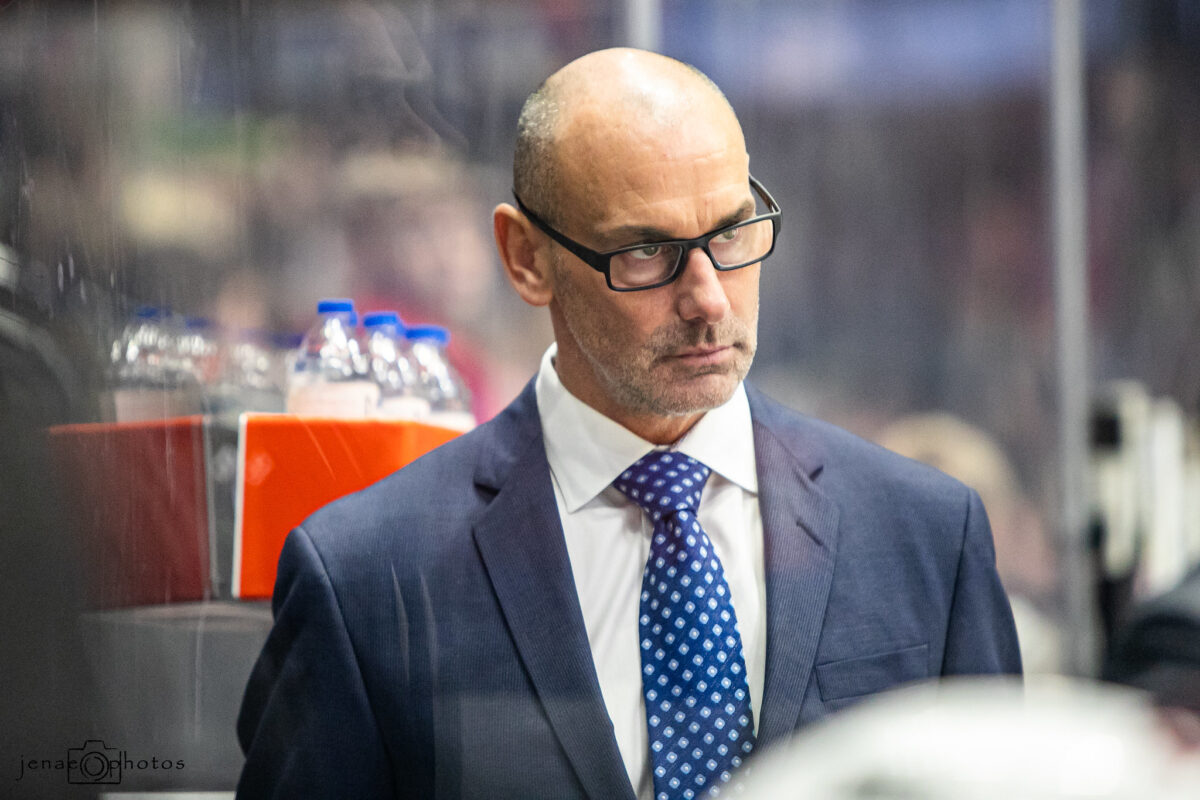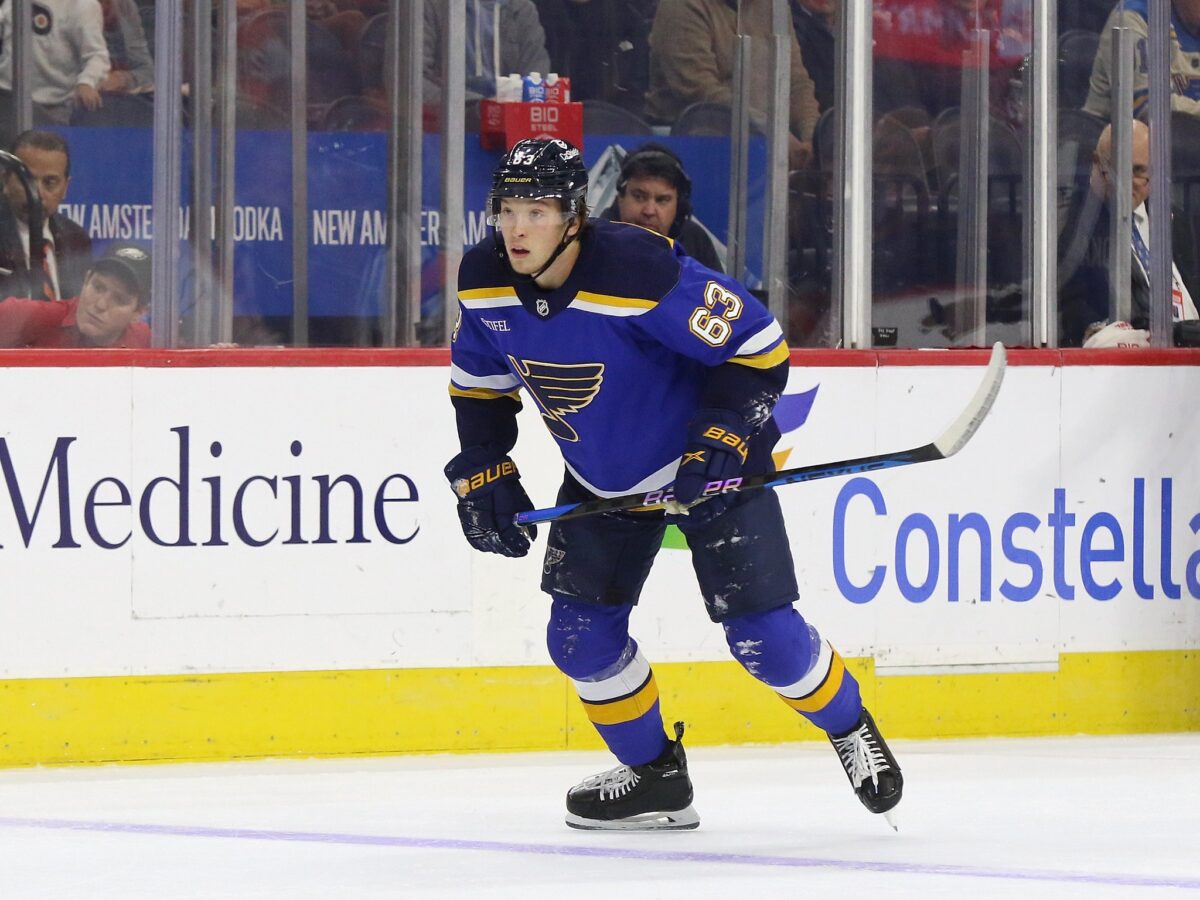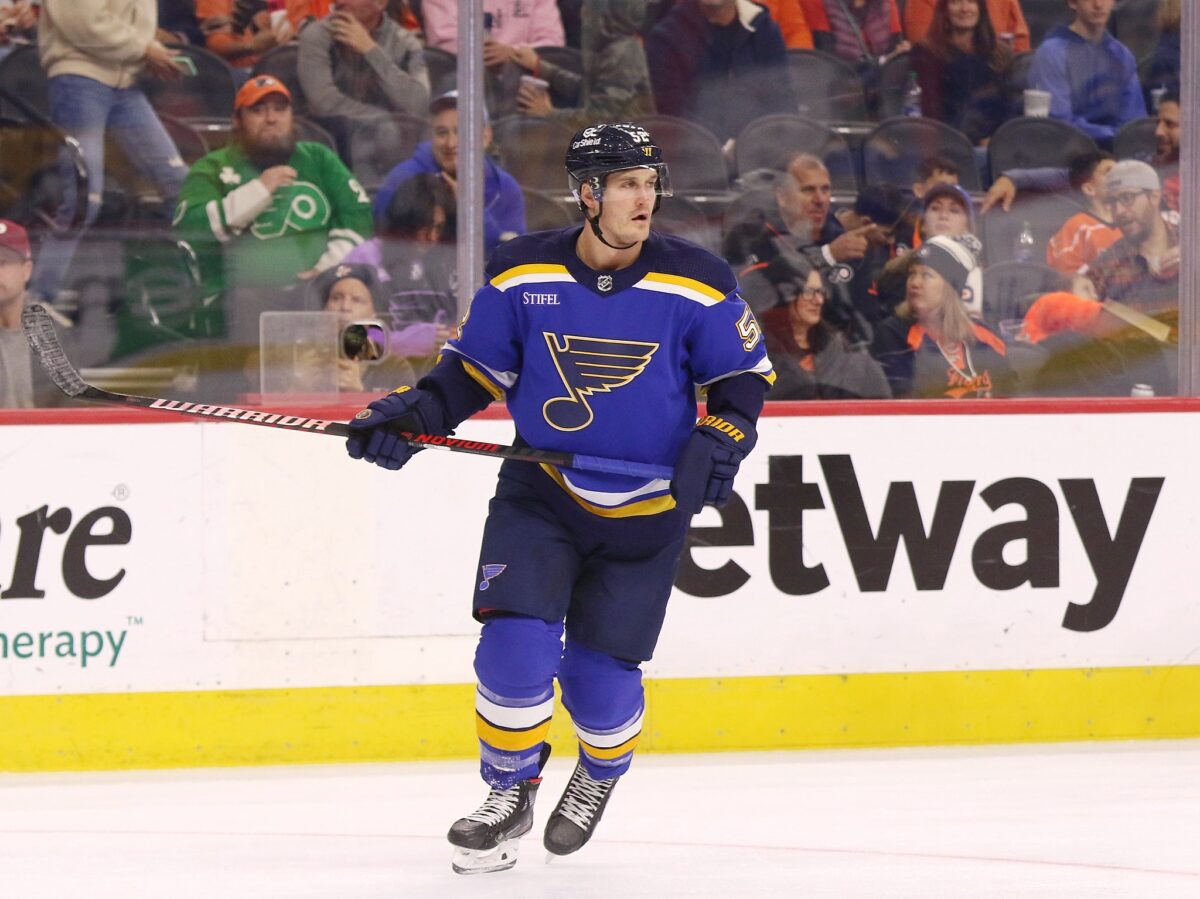Before the termination of head coach Craig Berube, the St. Louis Blues had the worst power play numbers in the NHL and could not find or show any sign of improvement. Fast forward to now, under interim head coach Drew Bannister, the Blues suddenly have found more composure on the power play and have completely revamped their special teams. It’s benefited them greatly as they have moved up to 25th in the league in power play percentage (PP%) and have a 26.7 PP% in their last five games, the 11th highest in the league within that span.

Due to this uplift in their special teams, the Blues are now in a better position to make the playoffs, and many factors play into their success. Here are three areas of improvement on the power play that have changed their chances of making the playoffs this season.
Brad Richards Consulting Is Helping
In mid-December, after firing Craig Berube, the Blues immediately hired former NHLer Brad Richards as their special teams consultant, mainly for the power play, and judging by their recent success it seems to be working. With Richards giving his input behind the scenes, there is a change in their power play lines which shows a more offensive approach to their lineup. With the absence of Justin Faulk, still out at the All-Star Break due to an undisclosed injury, it gave Jordan Kyrou a chance to play on the first power-play unit at the left defense spot, rather than on the second power-play unit where he played center or right wing with Brayden Schenn and Brandon Saad. However, Kyrou had fewer minutes on the power play under Berube’s system (76:20) compared to Bannister/Richard’s system (62:41) meaning Kyrou isn’t being overworked and has a lot more energy to play at full strength.
The change enables more depth in scoring options and allows the Blues to try out other offensive options on the power play such as Jake Neighbours on the first power play unit. In addition, Neighbours has been great at scoring on rebounds, which are essential on the power play, and he currently accounts for about 17 percent of their goals from rebound shots on the power play as well as about 37 percent of the goals from rebound shots in other situations such as five-on-three, four-on-four, and four-on-three power plays. At the blue line, adding one defenseman has also benefited this new system.

On the first power-play unit, Colton Parayko hasn’t been getting the most power play shifts as he only has 32 this season on five-on-four power plays but starts about 31 percent of the time in the offensive zone in that power-play situation (third highest amongst Blues defensemen this season). On the second power-play unit, Torey Krug has been able to find a lot of offensive success as well, he averages about 2.7 assists per 60 minutes on five-on-four powerplays and starts his shift in the offensive zone about 60 percent of the time. So the Blues have focused a lot on keeping the puck in the offensive zone, averaging a shot attempt percentage (SAT%) of 88.8 percent while on the five-on-four power play (eighth in the NHL).
Turning Defense Into Offense
Under Berube, the differential between goals and shorthanded goals against was five, as they only scored seven power-play goals and allowed two shorthanded goals compared to their goal differential of 12 under Bannister with 15 power-play goals and three shorthanded goals. Berube may have had the fewest shorthanded goals against, but the defensive system on the power play could not generate a balance between offense and defense.

The new system, despite allowing one more goal on the power play than Berube’s system, has proved to counter a lot better from the defensive zone to the offensive zone and turning good defense into good offense on the man advantage. Their forwards have made the effort to backcheck quickly and strip the puck from opponents to create chances. Kyrou is one of those forwards, as he is within the top 10 players in the league in takeaways while on the five-on-four power play (three takeaways), followed by Schenn who is in the top 20 in that same category with three takeaways as well. In total, the Blues have the fifth-most five-on-four takeaways in the league (14) compared to their 10 giveaways.
If the Blues aren’t stripping pucks from their opponents, they are blocking shots. While their totals for blocks are 23rd in the league (721), they still have some players on the power play who are willing to get their bodies in front in any situation. Thomas and Pavel Buchnevich are the only healthy players leading the Blues in blocked shots on the five-on-four power play (four blocks each) and are within the top 100 in that category as well. Parayko has also been a great shot blocker in general and is eighth in the league in blocked shots (128).
Final Thoughts
The task now is to continue this performance on the power play after the All-Star Break and possibly acquire some more power play depth in anticipation of the playoffs. The Blues were recently in consideration for a trade for Jakob Chychrun, but they are still holding off on it as their current defensemen are tied up in no-trade clauses. There are a lot of forwards they could trade for too, and they could be used for some trade bait in return for a solid power play forward. As for Bannister, if the power play keeps operating like this, the possibility of him being thrown into the hat for the full-time head coaching role wouldn’t be shy to consider. It’s hard to sustain a successful power play after returning from the All-Star Break, but the Blues will have a great opportunity to do so against the Buffalo Sabres on Saturday (Feb. 10).
